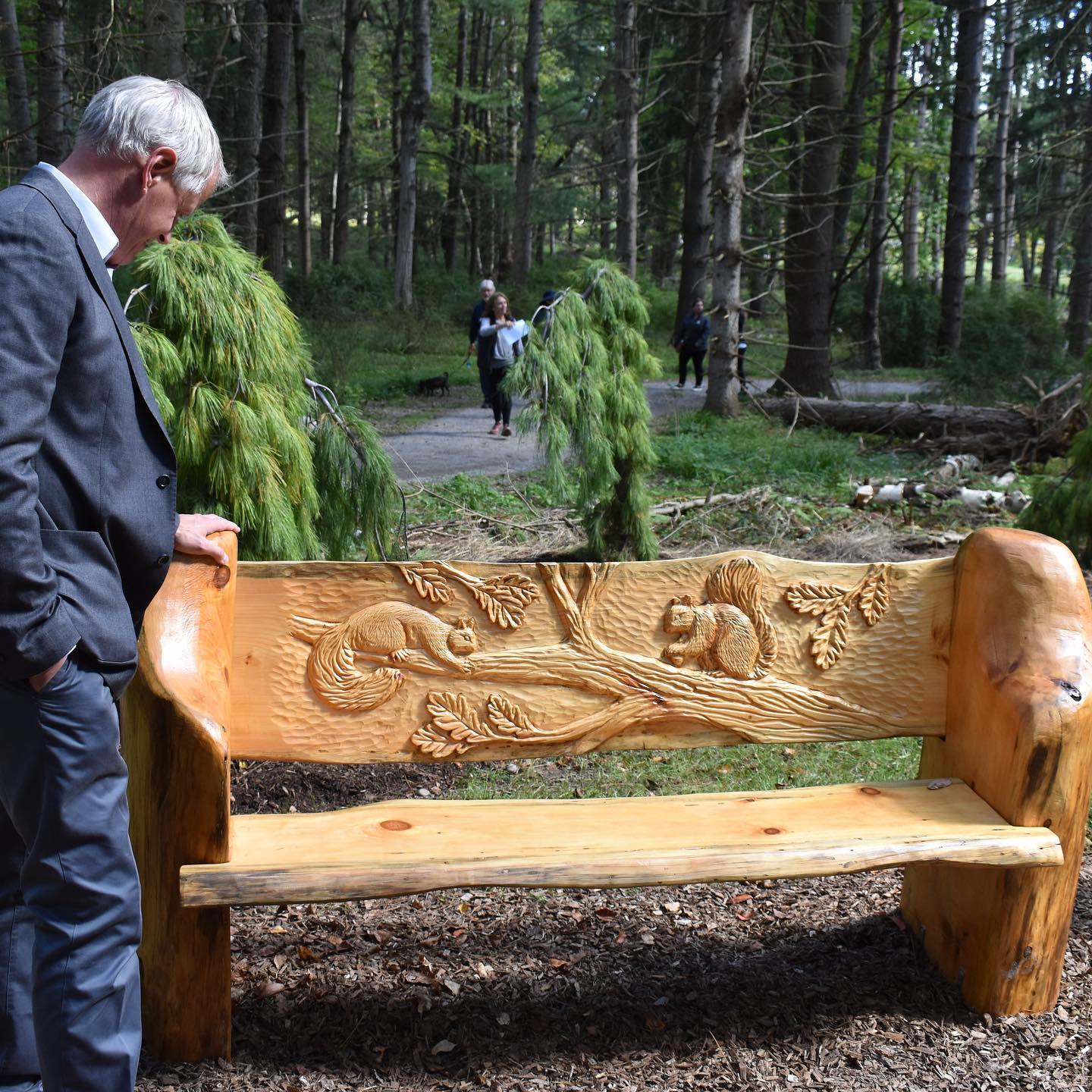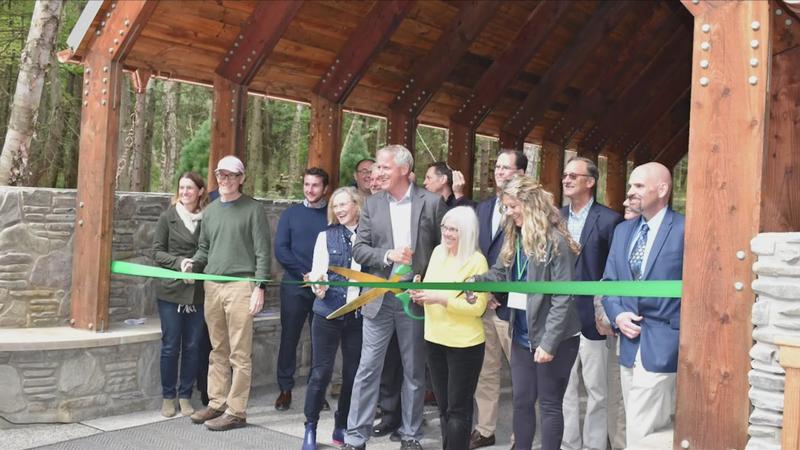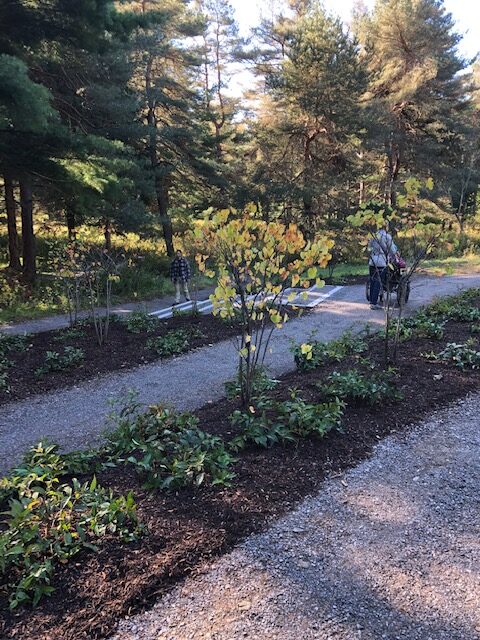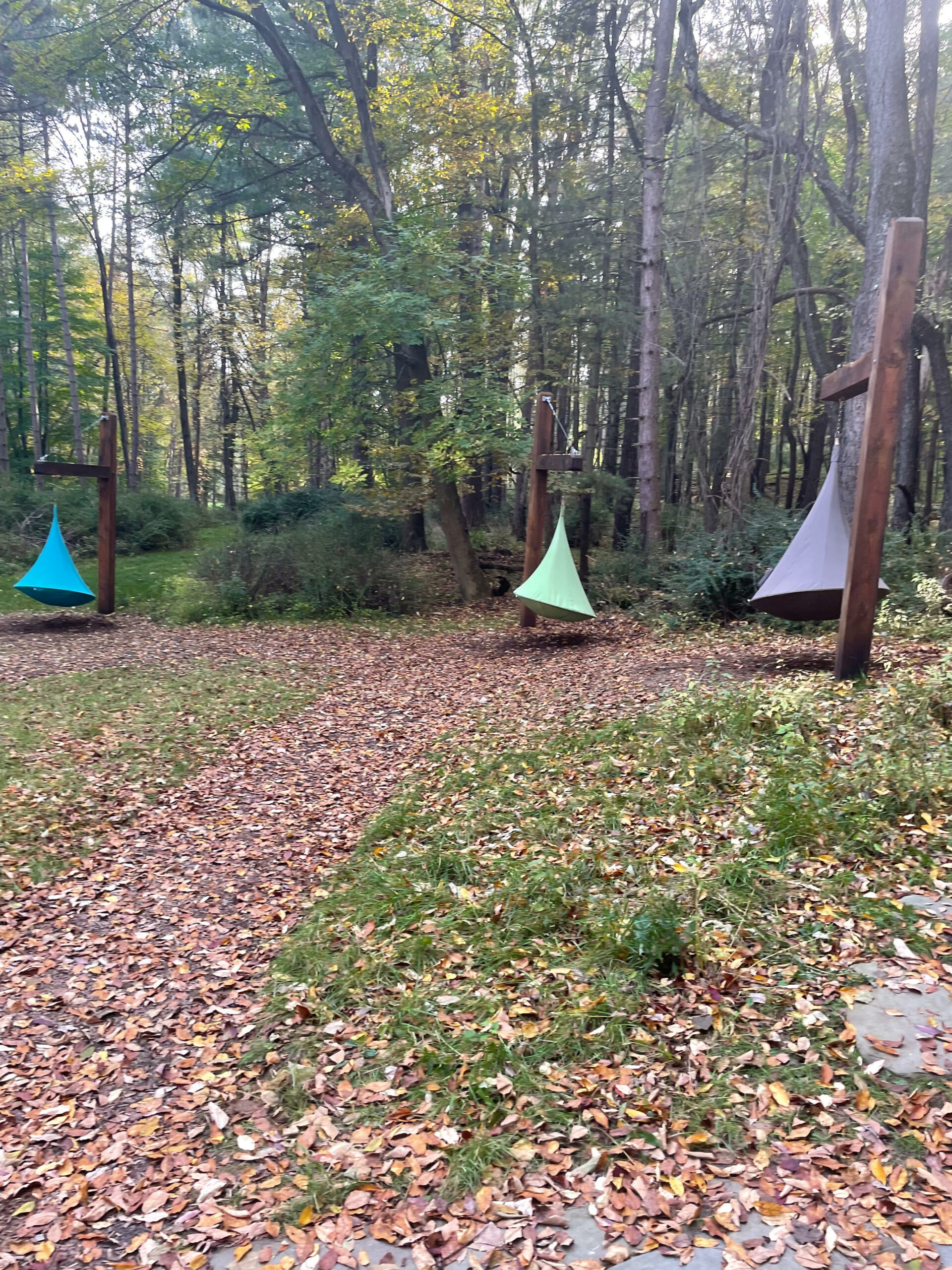In the northwestern part of New York State, straddling the winding banks of the Genesee River sits Letchworth State Park. Often referred to as the Grand Canyon of the East, it is a place of dense forest and towering cliffs, where whitewater rushes towards massive waterfalls, and the walls of the gorge watch over everything. Nestled in amid this most pristine wilderness is a first-of-its-kind treasure: The Autism Nature Trail, commonly abbreviated as The ANT.
According to the Centers for Disease Control and Prevention, over 5 million adults and 1 in 54 children in the United States are affected by Autism Spectrum Disorder (ASD). Yet, as the name implies, the traits associated with autism manifest over a broad spectrum, meaning that people with autism can vary greatly in their unique needs. However, one of the most common characteristics of ASD involves sensory processing.
People with autism can be over or under-reactive to external stimuli. This can create a challenge when attractions or sites aren’t designed with accessibility in mind. But The ANT is changing that. The one-mile trail comprises eight key stations, each offering a unique experience designed to address sensory integration needs. For example, the Curiosity Corner station encourages stacking, sorting, and ordering through the placement of small stones throughout. Other stations on the trail similarly cater to sensory perception needs through material manipulation, critical thinking, balancing, and much more.
Founders Loren Penman, Gail Serventi, and the late Susan Herrnstein first conceived of The ANT a little more than six years ago. Since then, the project has become a shining example of the power of collaboration and inclusion. Bringing The ANT to life was a community effort—a private-public partnership that relied on the input of autism researchers, individuals living with autism, medical professionals, educators, and various industry experts and organizations.
Research shows that time spent outdoors has many benefits, from reducing stress hormones to decreasing attentional issues to improving motor skills. And because autism tends to exacerbate these issues, time outdoors is all the more crucial. Due to its design, The ANT provides an opportunity for persons with autism to not only enjoy the outdoors but to commune with nature in the ways that come most natural to them.
What would you
like to do next?
See our products
Get to know Rich’s
Learn About
Our Impact
Our Impact






